From Promise to Impact: Assessing the 2016 Global Nutrition Report
It is an exciting time to be working in nutrition. There is an increasing sense of global urgency to combat the cascading impact malnutrition has on people and society—it costs years of schooling and work, productivity and income. World Bank President Jim Yong Kim likens it to “baking inequality into the brains of children” and the African Development Bank has called for an investment in “gray matter infrastructure”.
As the 2016 Global Nutrition Report shows, it is a problem that is relatable—globally, 1 in 3 suffer some form of malnutrition, be it a micronutrient deficiency, obesity or child stunting. Luckily, though, it is a problem for which cost-effective, evidence-based solutions exist.
In 20 countries across Africa and Asia, HKI is implementing a range of solutions designed to make malnutrition a problem of the past. Whether vitamin A supplementation is offered at a child health week, a shopper buys fortified cooking oil or a mother learns about growing nutritious foods and essential nutrition and hygiene actions to practice, we’re working to empower families and communities to live healthy and productive lives. An example of such work in Burkina Faso is featured in the report, and our Vice President of Nutrition Dr. Rolf Klemm spoke at a panel on June 14 launching the report.
“We have solid evidence for at least 10 direct interventions that work to reduce undernutrition in children and women,” Klemm says. “These interventions need to be scaled up quickly and effectively to prevent the life-long consequences of undernutrition in this current generation of children. We need to transform the political commitments for action into on-the-ground actions. This will require significantly increasing the number and capacity of frontline workers, especially women, formally trained and employed in nutrition to meet country needs across sectors. It will also require sustained support for strategies that promote good maternal nutrition, optimal breastfeeding, appropriate complementary feeding, early detection and treatment illness and acute malnutrition, and improved water, sanitation and hygiene behaviors and conditions”.
At the kick off of the UN Decade of Nutrition Action and on the eve of the second Nutrition for Growth summit, we have reason to be hopeful. A total of 12 of the 17 Sustainable Development Goals contain indicators pertaining to nutrition. But progress to date is uneven and investments are too few to end all forms of malnutrition by 2030.
As the report says, “Political commitment to do something about malnutrition creates the space for dialogue about what needs to happen. But malnourished people need more than talk—they need action.”









